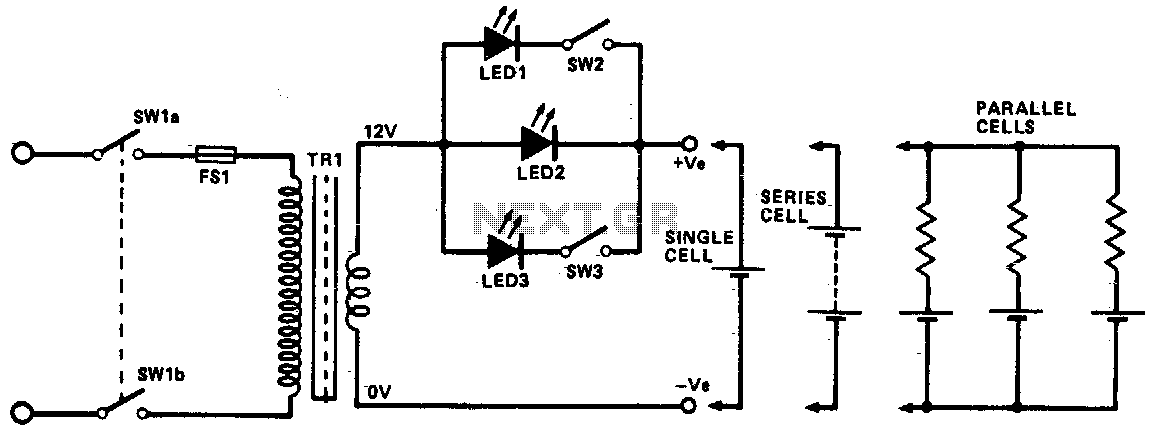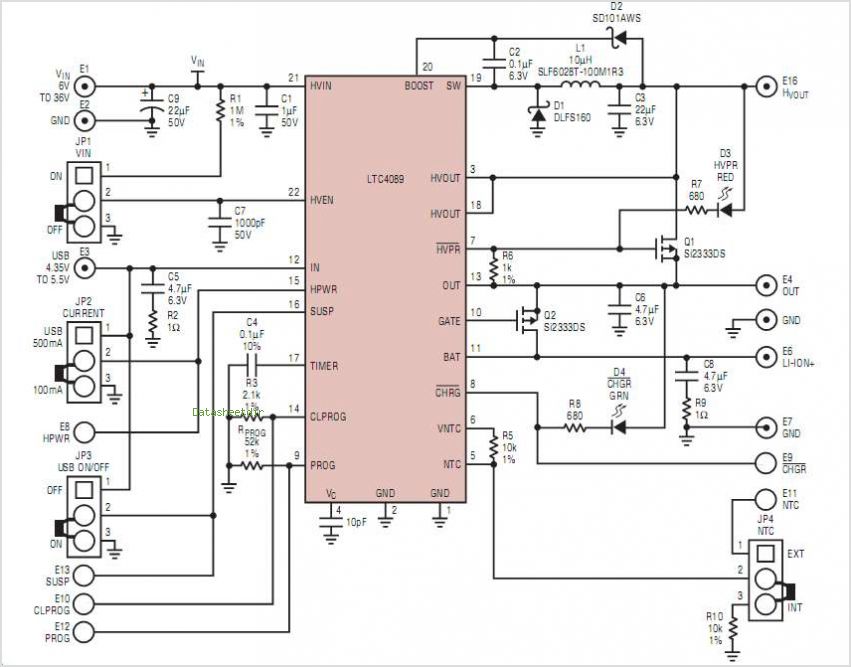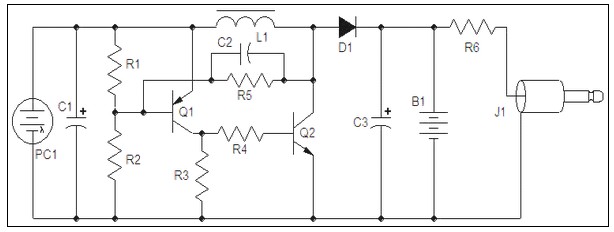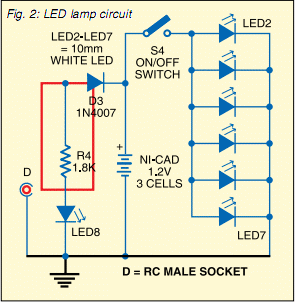
Ni-cad charger

This circuit utilizes constant current LEDs to regulate the charging current. It employs LEDs that maintain a consistent current of approximately 15 mA across an applied voltage range of 2 to 18 V. The LEDs can be connected in parallel to achieve multiples of 15 mA, and they illuminate when current flows through them. The circuit is capable of charging a single cell at currents of 15, 30, or 45 mA, or multiple cells in series, up to the maximum rated supply voltage limit of about 14 V.
The circuit design incorporates a constant current source that ensures stable operation of the LEDs regardless of variations in supply voltage. The LEDs serve as both indicators and current regulators, providing visual feedback when the circuit is active. The choice of a 15 mA current allows for efficient charging of rechargeable cells, making it suitable for applications involving lithium-ion or nickel-metal hydride batteries.
To create the desired charging current, multiple LEDs can be paralleled; for instance, connecting two LEDs in parallel will result in a charging current of 30 mA, while three will yield 45 mA. This flexibility enables the circuit to accommodate different battery configurations and charging requirements effectively.
The circuit should include a voltage regulator to maintain the supply voltage within the operational range of the LEDs, ensuring they function properly without exceeding their rated limits. Additionally, the use of current-limiting resistors may be necessary to protect the LEDs from excessive current, especially when multiple LEDs are used in parallel.
Overall, this constant current LED circuit presents a practical solution for charging batteries with varying current requirements while providing a clear indication of operation through the illumination of the LEDs. This design is particularly advantageous in portable electronic devices where battery management is critical.This circuit uses constant current LEDs to adjust charging current. It makes use of LEDs that pass a constant current of about 15 mA for an applied voltage range of 2-18 V. They can be paralleled to give any multiple of 15 mA and they light up when current is flowing The circuit will charge a single cell at 15, 30 or 45 mA or cells in series up to the rated supply voltage limit (about 14 V).
The circuit design incorporates a constant current source that ensures stable operation of the LEDs regardless of variations in supply voltage. The LEDs serve as both indicators and current regulators, providing visual feedback when the circuit is active. The choice of a 15 mA current allows for efficient charging of rechargeable cells, making it suitable for applications involving lithium-ion or nickel-metal hydride batteries.
To create the desired charging current, multiple LEDs can be paralleled; for instance, connecting two LEDs in parallel will result in a charging current of 30 mA, while three will yield 45 mA. This flexibility enables the circuit to accommodate different battery configurations and charging requirements effectively.
The circuit should include a voltage regulator to maintain the supply voltage within the operational range of the LEDs, ensuring they function properly without exceeding their rated limits. Additionally, the use of current-limiting resistors may be necessary to protect the LEDs from excessive current, especially when multiple LEDs are used in parallel.
Overall, this constant current LED circuit presents a practical solution for charging batteries with varying current requirements while providing a clear indication of operation through the illumination of the LEDs. This design is particularly advantageous in portable electronic devices where battery management is critical.This circuit uses constant current LEDs to adjust charging current. It makes use of LEDs that pass a constant current of about 15 mA for an applied voltage range of 2-18 V. They can be paralleled to give any multiple of 15 mA and they light up when current is flowing The circuit will charge a single cell at 15, 30 or 45 mA or cells in series up to the rated supply voltage limit (about 14 V).





